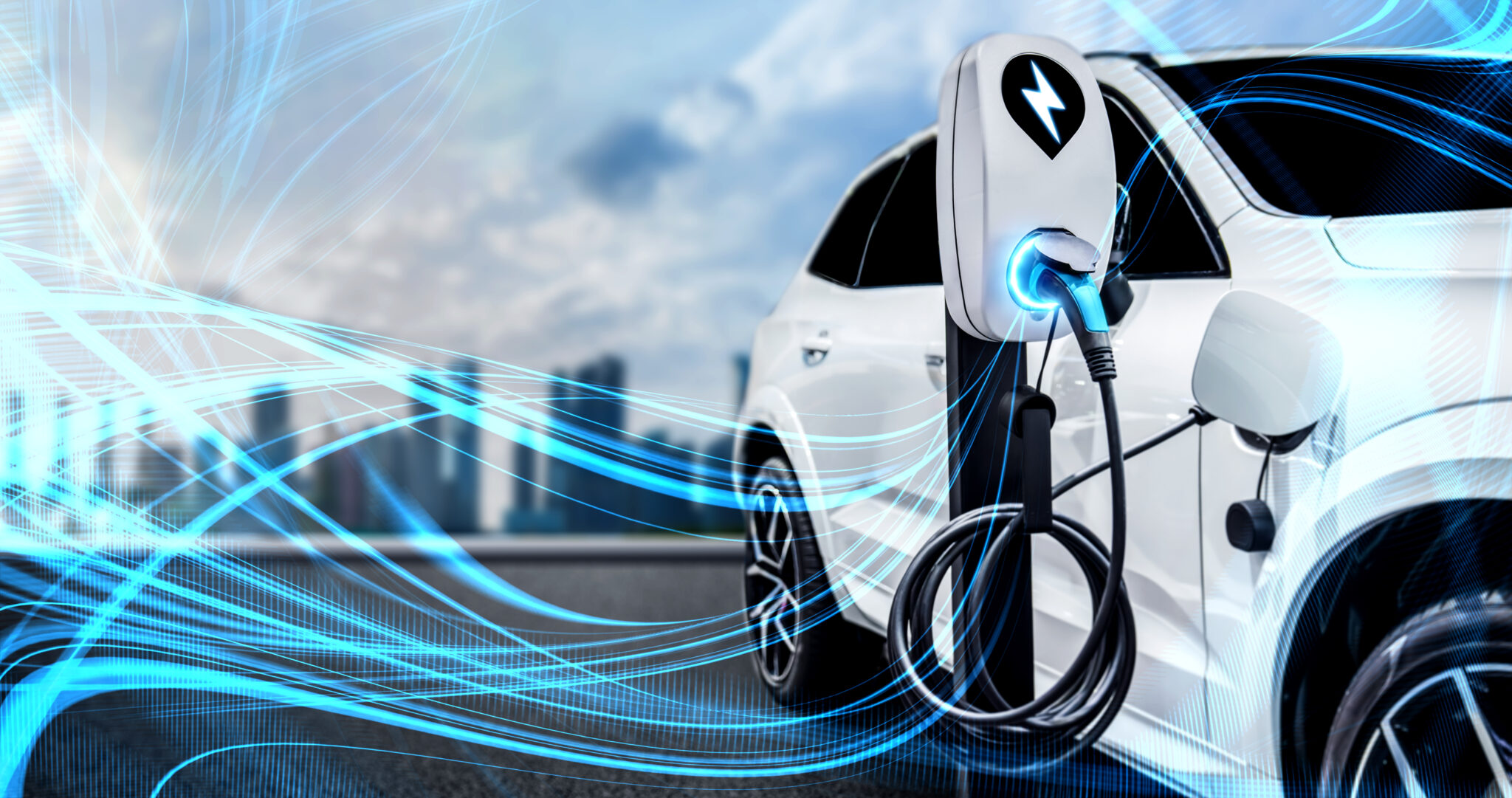Meeting Utility Customer Expectations About Electric Vehicles
By Casey Collins, Research Analyst at Chartwell Inc. –
Electric vehicles (EVs) are steadily gaining ground and becoming much more than a buzzword.
Data released by the International Energy Agency (IEA) indicate that EVs have become significantly more popular among car purchasers over the past three years. This popularity boom may be only the beginning, as EVs are projected to have a market share of 36% of all cars purchased globally by 2030.
Over the next seven years, the IEA anticipates that EVs will represent 50% or more of cars purchased in several of the world’s largest economies, including China, Europe, and the United States.[1]
While the statistics alone are interesting, they don’t necessarily paint an actionable picture for utility companies. So, in real terms, what might these trends mean for your utility – now and in future years?
The Current State
According to an assessment of EV programs offered by 157 leading utilities in the U.S. and Canada, which Chartwell analysts conducted in mid-2022, 27% of utilities offer residential EV rate programs. In addition, 22% of utilities offered other EV incentives, such as rebates, at the time of the study.
So, how do EV incentive offerings compare to market demand? To put it simply – current offerings are a solid starting point. In the U.S., EVs represented approximately 7.7% of cars sold in 2022, and in Canada, EVs made up around 8.2% of new vehicle registrations over the same time period.[2] With market shares that have been relatively low but are now trending higher with each passing year, utility offerings for residential EV rate programs (27%) and other incentives (22%) appear to be in line with national trends.
We’ve mentioned residential customers, but what about business customers? Well, approximately 4% of U.S. and Canadian utilities considered in the 2022 study also offered EV rate programs for their commercial customers. Although 4% sounds small, many utilities may provide additional assistance to their business customers in the form of other incentives (22%), like rebates or charging station installations, and we anticipate that more programs will soon be added.
The Future State
Moving forward, how can utilities prepare to meet customer expectations when it comes to EVs? Knowing that EV adoption is on the rise, and armed with the insights from the 2022 assessment of EV programs, Chartwell has identified a few actions that utilities can take today to stay ahead of the curve.
- Observe both customer and utility behavior in geographies that are paving the way for rapid EV adoption. Both the U.S. and Canada currently lag China and Europe in EV market share. While this trend may not necessarily be something to cheer about, it does provide a highly valuable opportunity. North American consumers and their utilities have the chance to learn from their European and Chinese counterparts as EV advancements are made. Initially, that may apply most to vehicle design, technology offerings, public infrastructure (e.g., charging stations), and customer incentives (e.g., tax credits). In the coming years, however, ongoing innovation will undoubtedly evolve, and electric utilities have a notable opportunity to shape consumer perception of EVs and sustainable energy solutions. While China and Europe may have first-mover advantages on EV adoption, Canada and the U.S. will be able to course-correct for any growing pains experienced by European or Chinese consumers, utilities, or public entities – using that knowledge to shape their perspectives on future innovation.
- Collect and understand the voice of your customer, particularly as it relates to EVs and future interest. While EVs are actively gaining prominence across North America, there are certainly some regions that move more quickly than others in EV adoption. We could speculate on the socioeconomic, political, or personal reasons for those variances, but direct engagement with your customers – through formal or informal surveying – is a much more helpful and accurate tool for explaining EV interest and adoption rates.For utilities that already have EV rate programs or other incentives, it is important to collect feedback on how current initiatives meet or fail to meet customers’ needs, so that any necessary adjustments can be made before customers demand further increases. It’s also crucial to survey customers who may not currently own EVs but are interested in owning an EV in the future, so that you can plan for future demand as well as the projected cost and availability of your EV programs.For utilities that may not have existing incentives or rate programs related to EVs, but are interested in offering these programs to your customers, networking with other utilities and learning from their successes and experiences can be invaluable. Asking your customers questions about what their needs are and how they anticipate those needs changing over time – with an eye toward sustainability and electrification – will allow you to design and launch EV programs that are well-suited to your community.
- Stay on top of innovation within the EV market. It’s easier said than done, we know, but doing your best to anticipate and respond to any big changes in the EV market as new technologies are released can pay off in a big way. Not only do timely responses to technological or market advancements increase your utility’s standing as an industry leader, but it can pay notable dividends in customer satisfaction and loyalty. Ensuring that you clearly communicate new program offerings or changes to your current suite of offerings – particularly when you can tie specific product offerings to customers’ expressed needs – can demonstrably improve customer satisfaction ratings.
Chartwell has much more to come on customer satisfaction, loyalty, sustainability and electrification, so stay tuned as we share additional data later this summer – all leading up to EMACS 2023. Make plans now to join us in Phoenix this September, where you will be able to hear directly from industry experts about the challenges and opportunities that utilities face when navigating and responding to advancements in the EV market.
Kathy Knoop, Manager, Vehicle Grid Integration Solutions at General Motors will lead a panel discussion on the challenges and opportunities utilities face with the growing popularity of electric vehicles.
“I’m excited to talk to some very forward-thinking utilities here in the Southwest as well as a transportation electrification leader from the fifth-largest city in the U.S. about how they are taking concrete steps to grow EV adoption and support grid-appropriate charging through innovative rates and incentives,” Knoop said.
In the meantime, for access to additional research, in-depth case studies, and best practices shared by industry leaders, we also recommend exploring our Insight Center. Please feel free to reach out to us to learn more about the Insight Center and how you can gain access to our full inventory of resources.
[1] IEA (2023), Global EV Data Explorer, IEA, Paris https://www.iea.org/data-and-statistics/data-tools/global-ev-data-explorer.
[2] Statistics Canada (2022), Table 20-10-0024-01 New motor vehicle registrations, quarterly, https://www150.statcan.gc.ca/t1/tbl1/en/tv.action?pid=2010002401.






